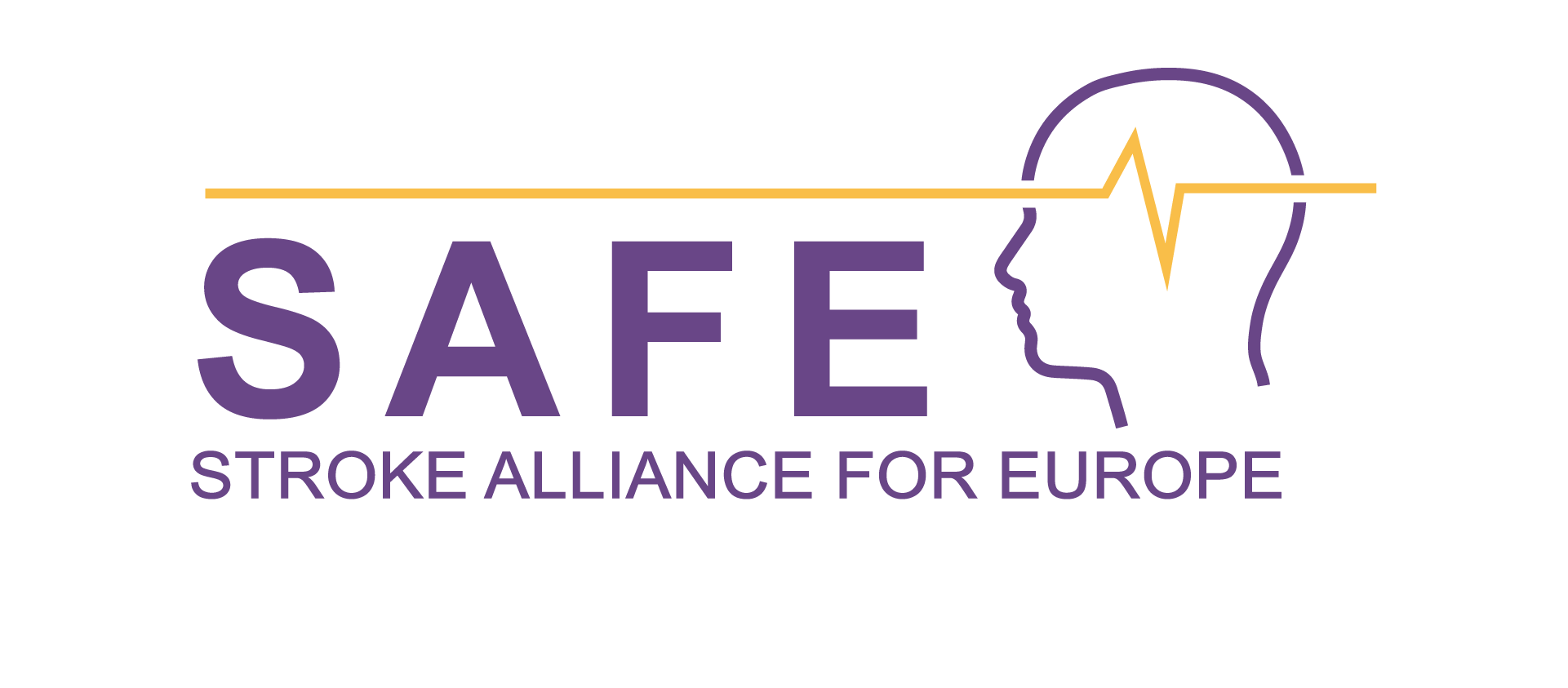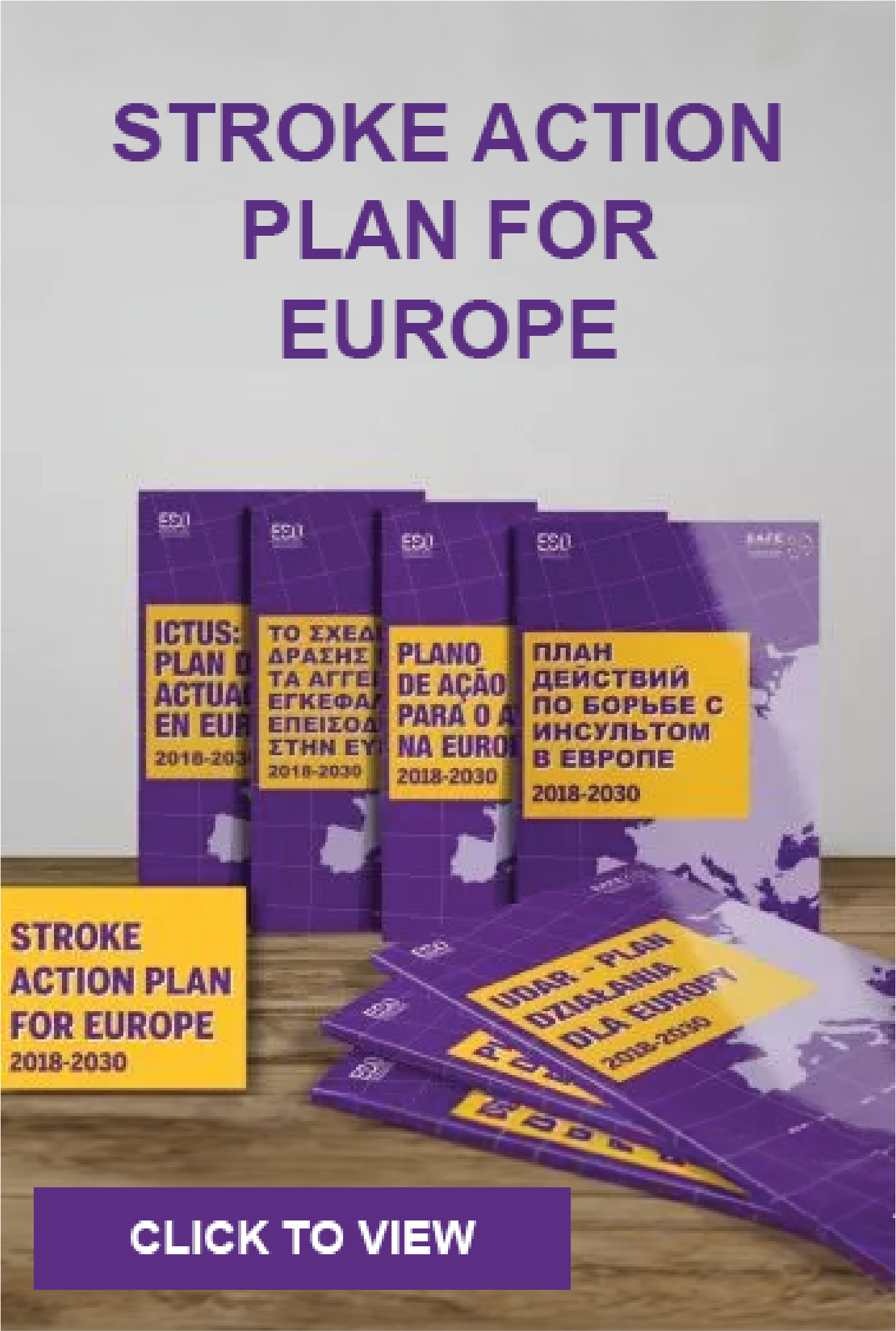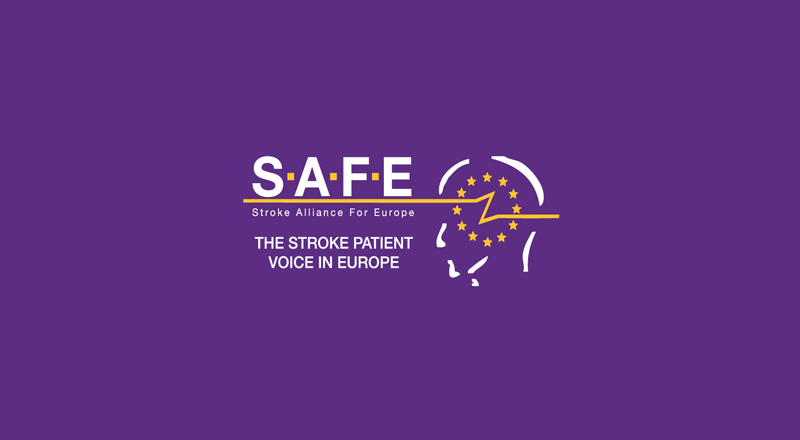
Flip side of innovation: What causes doctors to scale back on the use of medical practices
All countries face the challenge of funding ever-new and expensive treatments, with increasing pressure on budgets, harmful deficit spending, and ever-higher health insurance premiums. One solution to these concerns is to scale back on outdated or low-value...
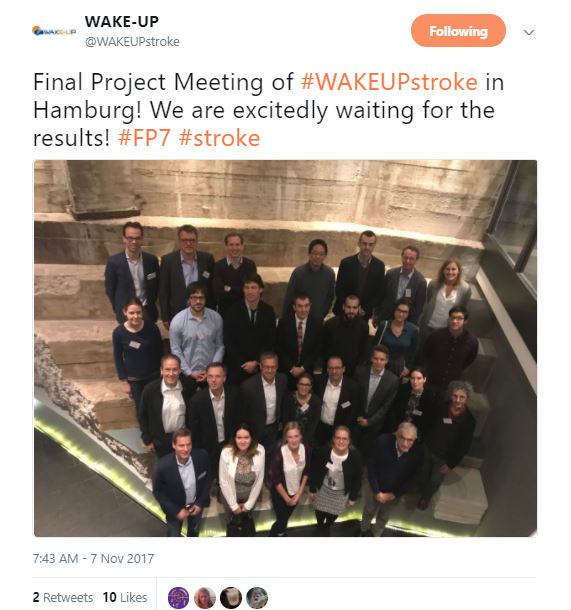
WAKE UP Clinical Trial Update
WAKE-UP is a European multicentre investigator-initiated randomized placebo-controlled clinical trial of MRI based thrombolysis in acute stroke patients with unknown time of symptom onset, e.g. due to recognition of stroke symptoms on awakening. Stroke is a...
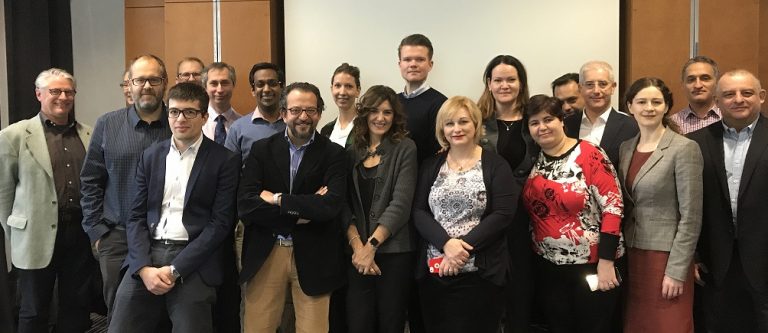
6th ESO Guidelines Development Workshop, 16 November 2017 in Munich, Germany
by ESO | 24.11.2017 Author: Marialuisa Zedde, MD, Arcispedale Santa Maria Nuova IRCCS, Reggio Emilia, Italy ESO organized this workshop in Munich on November 16 2017 just before the Garmish conference. The aim of this workshop was to detail methodological issues in...

Hormone therapy in the menopause transition does not increase risk of stroke
Postmenopausal hormone therapy is not associated with increased risk of stroke, provided that it is started early, according to a report from Karolinska Institutet in Sweden published in the journal PLOS Medicine. Roughly three in ten women in the menopause transition...

Hibernating ground squirrels provide clues to new stroke treatments
In the fight against brain damage caused by stroke, researchers have turned to an unlikely source of inspiration: hibernating ground squirrels. While the animals' brains experience dramatically reduced blood flow during hibernation, just like human patients after a...
